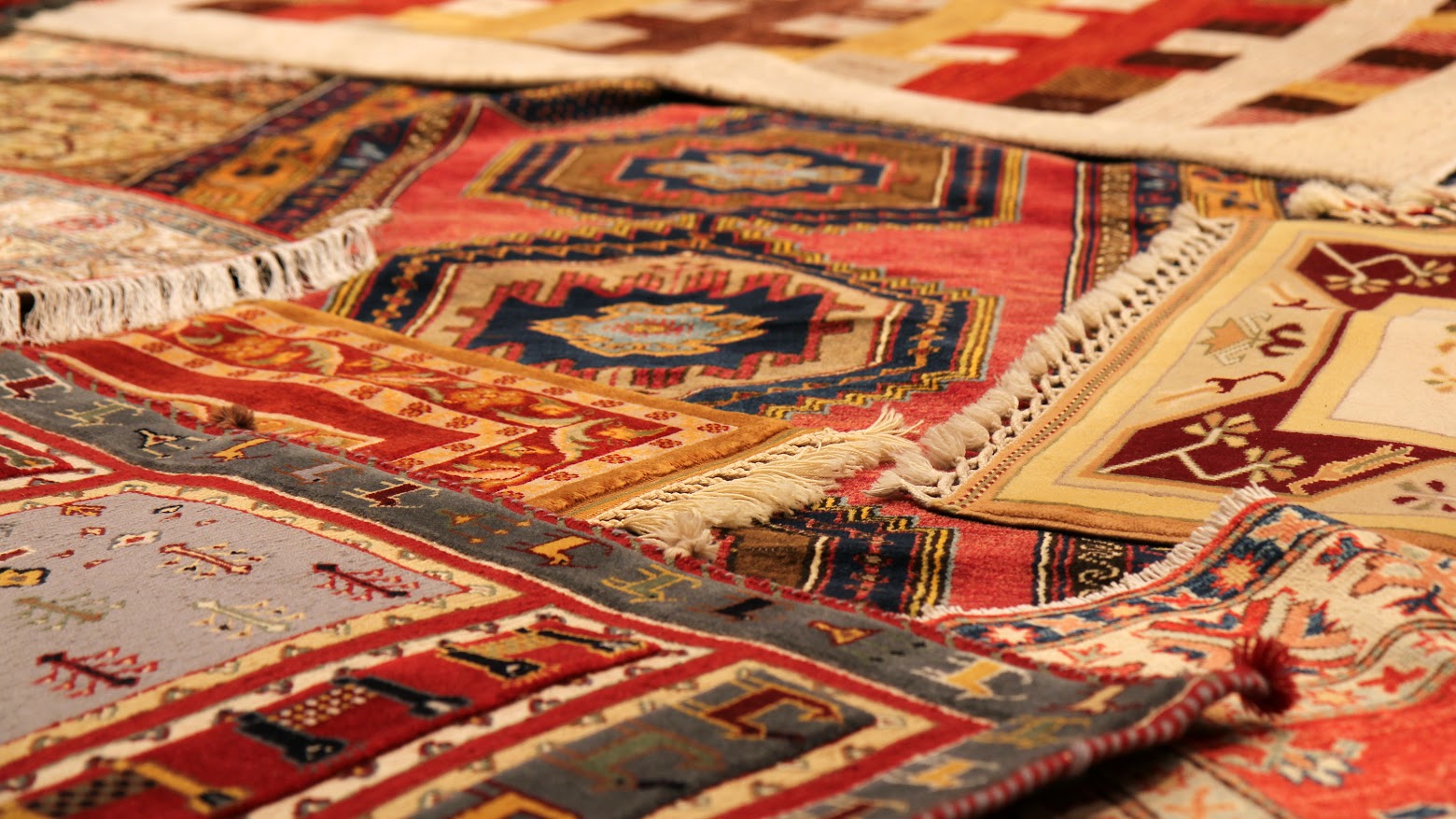Hand-Knotted Oriental Rugs and Storage
Unlike your utility mats and similarly inexpensive or high-traffic flooring, hand-knotted oriental rugs require special storage. Before you pack or store your oriental rug, take a look at the top questions you need to ask.
Why Do Oriental Rugs Require Special Storage?
Not all oriental rugs are created the same. Some are machine-made and don’t require special storage because they aren’t made with the same type of quality materials genuine oriental rugs are made from.
A true hand-knotted rug is made by, as the name implies, the hands of a skilled weaver. The intricate creation process and high-quality fibers used in these rugs makes them more expensive than everyday area rugs — and requires special storage.
These rugs are heirloom investments that buyers want to keep safe. Failure to store a hand-knotted oriental rug properly can ruin the fibers and result in costly restoration or replacement.
Where Should You Store an Oriental Rug?
You can store these types of rugs at home or in an off-site facility. How should you choose which place to store your rug? The answer depends on several factors. These include:
- Space. Do you have enough space to safely store your rug at home? If you have to stack boxes, bins, furniture, other flooring, or anything else on top of the rug, you need more space. A self-storage rental can give you the square footage you need.
- Moisture control. A humid, moist environment can ruin the rug’s fibers or promote mold/mildew growth. Basements, attics, garages, and unheated/uncooled home spaces typically aren’t acceptable storage options.
- Light issues. Oriental rugs don’t do well in bright light conditions. Like with moisture control, if you can’t store the rug away from light (natural and artificial), self-storage is the best option.
- Dust issues. Is your house dusty? Basements, attics, garages, and other similar in-home storage spaces tend to gather dust and debris. A self-storage unit will help to reduce the risks of dust buildup and can keep your rug clean.
- Pests. Does your home have a pest problem? Fiber-destroying insects can eat holes in your delicate rug and cause permanent damage.
Now that you’ve chosen a safe storage space, you need to learn proper storage techniques. Read on for more information on how to store your hand-knotted oriental rug in your chosen location.
How Should You Store an Oriental Rug?
Your delicate oriental rug requires a specialized storage approach. A fold and toss strategy won’t keep it safe. Instead, as you prepare to store:
- Use the right materials. Choose archival, acid- and dye-free materials to surround the rug with. These can reduce the risks to the rug’s fibers and make it less likely the colors will fade or change from contact with other materials.
- Create central support. Folds will permanently crease the rug. Instead of folding, roll the rug around a central archival board tube.
- Place the pile on the interior. The most delicate side should face the inside when you roll your rug. Typically, this is the pile side. If you have an older rug or one with obvious wear/damage, place the weaker side inside.
- Wrap the rug. Avoid plastic products. These can trap moisture inside and promote mold/mildew growth. Let the rug breathe as you protect it from dust and debris with a muslin wrap.
- Tie the ends. A cord or tape wrapped around the center of the rug can leave behind marks or indentations. Instead, tie the edges of the muslin tightly, then tuck them into the tube for safety.
Place your wrapped rug in a light-tight storage unit. Never pile other storage items on top of the rug. The pressure from bags or boxes can damage the hand-knotted rug or leave permanent marks behind.
Do you need to rent a self-storage unit? Contact North Star Mini Storage for more information.



